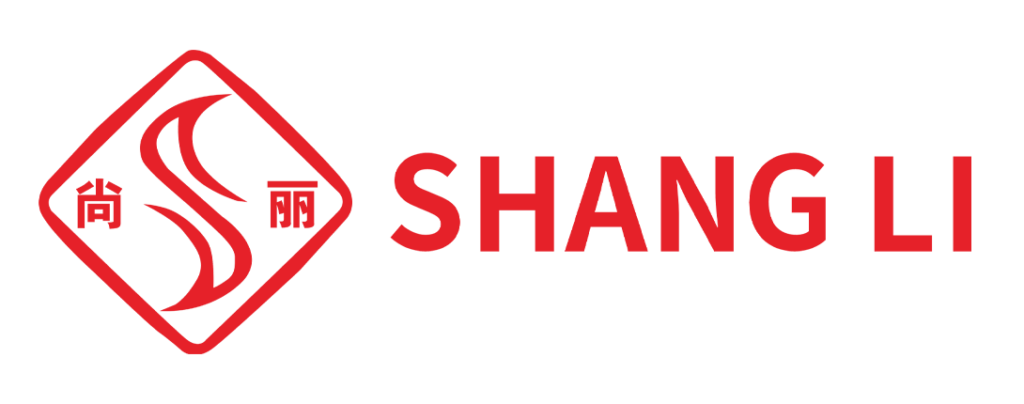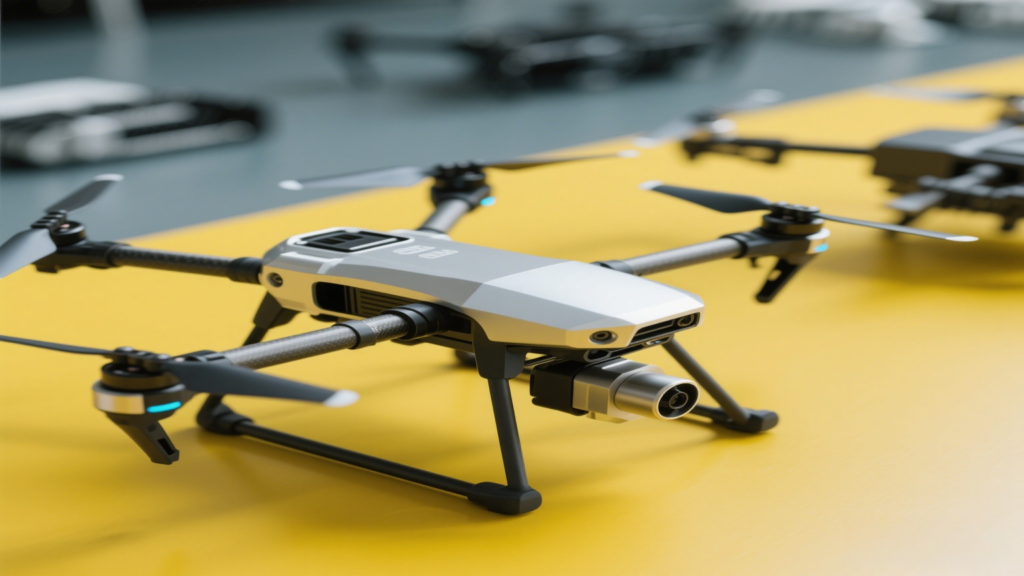In the rapidly evolving unmanned aerial vehicle (UAV) industry, aluminum alloys have emerged as a critical material for UAV components due to their unique advantages. These materials significantly enhance UAV performance and expand their application potential. Below is a detailed breakdown of the core benefits of aluminum alloys in UAV accessories:
Key Advantages of Aluminum Alloys in UAV Applications
1. Lightweight Design: Enhancing Endurance and Payload
Core Feature: With a density of ~2.7 g/cm³ (1/3 of steel, 1/2 of titanium), aluminum alloys reduce structural weight while maintaining strength.
Example:
The DJI Mavic 3 Pro’s frame uses 6061-T6 aluminum alloy, achieving an 18% weight reduction and extending flight time to 46 minutes.
2. High Strength and Fatigue Resistance: Ensuring Structural Integrity
Material Performance:
7075-T6 aluminum alloy: Tensile strength ≥572 MPa, ideal for high-stress parts like wing beams.
2024-T3 aluminum alloy: Combines strength (~470 MPa) with 12% elongation, perfect for dynamic loads.
Application:
The MQ-9 Reaper military UAV uses 7075-T651 aluminum wing beams to withstand 6g overloads and 20 m/s winds.
3. Corrosion Resistance: Adapting to Harsh Environments
Surface Treatments:
Hard anodizing: Provides ≥1,000-hour salt spray resistance (e.g., Saildrone’s marine UAV frame uses 5052-H32 aluminum with 0.002 mm/year corrosion rate).
Fluorocarbon coating: Resists industrial/marine corrosion (e.g., XAG P100’s pesticide-resistant nozzle bases).
4. Precision Manufacturing: Enabling Complex Designs
Advanced Processes:
Five-axis CNC machining: Achieves ±0.005 mm accuracy (e.g., DJI Inspire 3’s gimbal seat with R0.2 mm fillets).
Friction Stir Welding (FSW): Ensures 92% base-metal strength in welded joints (e.g., XAG P100’s medicine box frame).
Metal 3D printing (SLM): Creates hollow structures (e.g., Parrot Anafi’s 15g folding arm using AlSi10Mg alloy).
5. Thermal Management: Stabilizing Electronic Systems
Thermal Conductivity:
6063 aluminum alloy: 201 W/m·K conductivity, used in motor housings (e.g., DJI Matrice 350 RTK’s heat dissipation system).
2024-T3 aluminum: Maintains ±0.01°C/h temperature stability in IMU units (e.g., Skydio X2).
6. Sustainability: Supporting Green Manufacturing
Recyclability:
>90% recycling rate reduces carbon footprint (e.g., DJI’s closed-loop system recovers 95% aluminum from retired UAVs).
Recycled aluminum alloys retain 98% of original properties, lowering costs by 30%.
Challenges and Future Directions
1. Current Limitations
Cost: High-end aluminum alloys (e.g., 7050-T7451) cost 80–120 RMB/kg, limiting affordability for low-end UAVs.
Material Competition: Carbon fiber composites offer higher specific strength (500+ MPa·m³/kg vs. 200 MPa·m³/kg).
2. Innovative Solutions
Nano-reinforced aluminum alloys: Adding Al₂O₃ nanoparticles boosts 6061 alloy strength to 450 MPa.
AI-driven die-casting: Increases production efficiency by 300% (e.g., Parrot Anafi frame production).
Degradable alloys: Mg-Zn-Ca alloys for disposable medical UAVs reduce environmental impact.
Conclusion
Aluminum alloys are indispensable in UAV accessories, offering lightweight strength, corrosion resistance, precision manufacturability, and thermal efficiency. From consumer drones like the DJI Mavic series to military systems like the MQ-9B SkyGuardian, these materials enable breakthroughs in performance and reliability. Future advancements in nano-enhanced alloys, 3D printing, and recycling technologies will further solidify aluminum alloys as the backbone of UAV innovation, driving the industry toward longer endurance, higher speeds, and greener practices.


